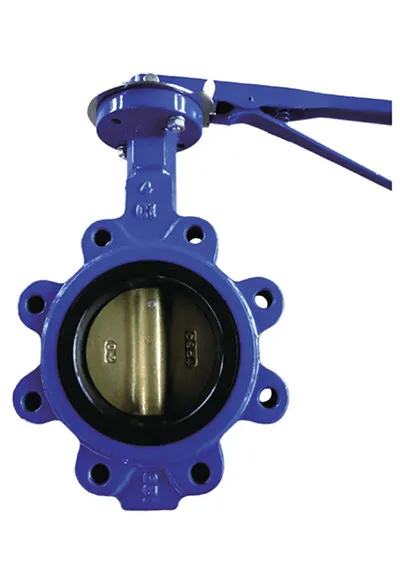10 月 . 31, 2024 17:57 Back to list
Flange Connections for Rubber Joint Applications in Industrial Settings
Understanding Rubber Joint Flanges Their Importance and Application
Rubber joint flanges are critical components in mechanical and plumbing systems, playing a crucial role in ensuring a secure and flexible connection between pipes, hoses, and various equipment. These specialized flanges are designed to absorb vibrations, prevent leaks, and allow for thermal expansion and contraction, making them invaluable in a wide range of industrial and commercial applications.
One of the primary advantages of rubber joint flanges is their ability to provide flexibility in piping systems. Traditional metal flanges can be rigid, which may lead to stress on connected pipes, especially in systems subject to frequent pressure changes or vibrations. Rubber, being a naturally flexible material, can accommodate these movements without compromising the integrity of the connection. This flexibility is particularly important in industries such as HVAC, water treatment, and chemical processing, where fluctuating temperatures and pressures are the norms.
Moreover, rubber joint flanges are excellent at reducing noise and vibrations. In environments where machinery operates continuously, the noise generated can be quite significant. The inherent damping properties of rubber help mitigate this issue, creating a quieter and more comfortable working environment. This makes rubber flanges an ideal choice for connections in power plants, manufacturing facilities, and even residential plumbing where noise reduction is desirable.
rubber joint flange

Another key feature of rubber joint flanges is their resistance to corrosion and chemical degradation. Many industrial processes involve corrosive substances that can quickly damage metal components. Rubber material, especially when selected for specific chemical resistance, can withstand such conditions, ensuring longevity and reliability in piping systems. This characteristic reduces the need for frequent repairs or replacements, thereby saving costs and downtime.
Installation of rubber joint flanges is generally straightforward, and they can be easily integrated into existing systems. Their lightweight nature allows for simpler handling and transportation, making them an attractive option for both installation and maintenance teams.
However, it's essential to select the right type of rubber joint flange according to the specific requirements of the application. Factors such as temperature, pressure, and the type of fluid or gas being transported should be considered to ensure maximum efficiency and durability.
In conclusion, rubber joint flanges are not only a practical solution for flexible and reliable piping connections but also contribute significantly to the overall health and efficiency of mechanical systems. Their unique properties make them suitable for various applications, proving to be an indispensable asset in modern engineering and infrastructure projects. As industries continue to evolve, the role of rubber joint flanges will undoubtedly grow in importance, paving the way for more advanced and resilient piping solutions.
Share
-
Understanding the Differences Between Wafer Type Butterfly Valve and Lugged Butterfly ValveNewsOct.25,2024
-
The Efficiency of Wafer Type Butterfly Valve and Lugged Butterfly ValveNewsOct.25,2024
-
The Ultimate Guide to Industrial Swing Check Valve: Performance, Installation, and MaintenanceNewsOct.25,2024
-
Superior Performance with Industrial Swing Check Valve: The Essential Valve for Any SystemNewsOct.25,2024
-
Industrial Swing Check Valve: The Ideal Solution for Flow ControlNewsOct.25,2024
-
You Need to Know About Industrial Swing Check Valve: Functionality, Scope, and PerformanceNewsOct.25,2024